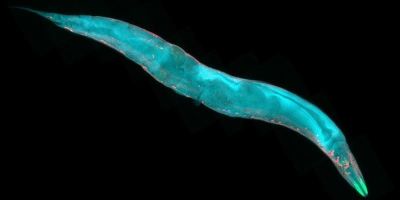New super-resolution imaging facility to video molecules in real time

The Wolfson Imaging Facility will be the UK’s first facility to allow researchers to view molecular interactions in real time.
Dr George Heath, School of Physics and Astronomy, said: “Currently, methods to study molecules in atomic detail typically involve a static snapshot – by freezing the sample or packing the molecules into crystals.
“But a new generation of high-speed atomic force microscopes can capture data very rapidly, almost every one millionth of a second. The collection of data is so fast, we can generate videos of molecules in action.”
Combining expertise from the Astbury Centre for Structural Molecular Biology and the Bragg Centre for Materials Research, the facility will include super-resolution technologies that use new techniques to make photographing molecules much faster. This will enable researches to visualise the structure of individual molecules as they interact with each other, and even create videos of their movements.
Dr Aleks Ponjavic said: “The atomic force microscope will give scientists a greater understanding of the structure and motion of a particular molecule. Under the light-sheet microscope, we will be able to observe how it behaves in a cell – and how it interacts with neighbouring molecules and structures, which are required for the cell to carry out its functions.
“Does it coalesce with other molecules, change shape, or move to a different part of the cell? These are important indicators of whether a cell is healthy or a disease process is starting – and that can give us insight into new potential ways of combating disease.”
To find out more, read the full article here.
The image shows the membrane of a white blood cell and was produced using super-resolution microscopy. The facility at Leeds will produce similar images in real time. Credit: University of Cambridge.




